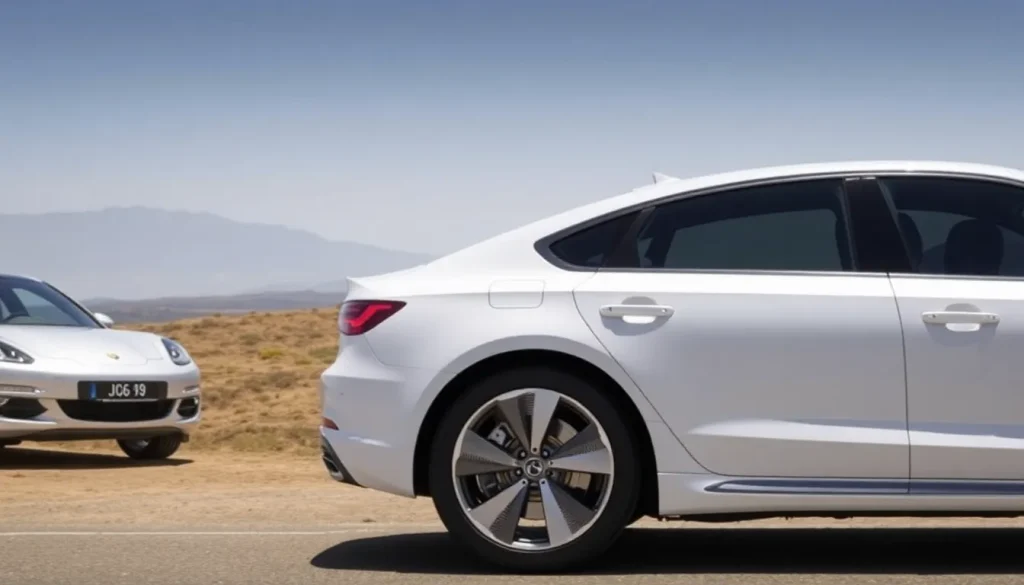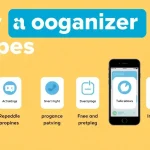DGT's controversial red label arrives in Spain: which cars will use it and what it means

The automotive landscape is on the brink of a significant transformation, and one of the most critical elements driving this change is the introduction of autonomous vehicles. With the recent announcement from the Dirección General de Tráfico (DGT) regarding a new red label, there are many questions about what this truly means for the future of driving in Spain. This label is not just a regulatory formality; it represents a leap into the future of transportation where technology and safety converge.
As this new system is implemented, it will undoubtedly reshape how we perceive and interact with vehicles on the road. Understanding the implications of the DGT's red label is crucial for manufacturers, researchers, and the general public alike.
- What is the significance of the new red label from the DGT?
- Who will use the red label and what vehicles are eligible?
- Levels of automation covered by the red label
- How the red label enhances public awareness and safety
- Who can apply for the red label?
- Future implications of the red label for the automotive industry
What is the significance of the new red label from the DGT?
The recently introduced red label by the DGT serves a very specific purpose. Unlike the environmental stickers that many drivers are already familiar with, this label is designed specifically for autonomous vehicles involved in testing phases. Launched in June, this label is set to become a common sight on Spanish roads as more manufacturers begin to participate in the autonomous vehicle program.
This new identification system is pivotal as it allows for the legal operation of autonomous vehicles on public roads under controlled conditions. Essentially, the red label signifies that the vehicle has been authorized for testing and meets specific safety standards.
Who will use the red label and what vehicles are eligible?
The red label is mandatory for a range of vehicles that fall under the Marco ES-AV Program, which governs the testing of autonomous vehicles at various levels of automation. The eligibility criteria for obtaining this label include:
- Vehicles undergoing approved testing procedures.
- Cars, vans, motorcycles, and light industrial vehicles operated autonomously or with minimal assistance.
- Vehicles operated remotely.
This measure is designed to ensure accountability and safety, as only those vehicles that meet the rigorous standards set forth by the DGT can display the red label.
Levels of automation covered by the red label
Understanding the different levels of automation is crucial for comprehending the implications of the red label. The DGT categorizes vehicle automation into five distinct levels:
- Level 0: No automation – the driver is responsible for all aspects of driving.
- Level 1: Driver assistance – vehicles can assist with steering or acceleration but require driver intervention.
- Level 2: Partial automation – the vehicle can control both steering and acceleration/deceleration under certain conditions, but the driver must remain engaged.
- Level 3: Conditional automation – the vehicle can manage most driving tasks but requires human intervention in specific situations.
- Level 4: High automation – the vehicle can perform all driving tasks in defined conditions without human intervention.
- Level 5: Full automation – the vehicle can operate independently in all environments without any human input.
The red label is specifically aimed at vehicles operating at Level 2 and above, indicating they are equipped with advanced autonomous technology.
How the red label enhances public awareness and safety
A key feature of the red label is its ability to inform the public. Citizens will be able to identify whether a vehicle is a testing autonomous vehicle simply by looking at the label. This transparency serves several crucial purposes:
- Informed road users: Drivers and pedestrians can recognize vehicles that are testing autonomous features, potentially enhancing road safety.
- Promoting innovation: By facilitating the testing of autonomous vehicles, the DGT is promoting technological advancements in the automotive industry.
- Building trust: Public visibility of autonomous vehicles in a regulated environment can help build trust in the technology.
However, it is essential to note that, despite the presence of the red label, these vehicles must still have a human operator at all times during testing. The current regulations do not allow for fully autonomous operation without a driver present.
Who can apply for the red label?
The process to obtain the red label is not open to just any vehicle owner. Only specific entities can apply, which ensures that the label is used appropriately and responsibly. The eligible applicants include:
- Vehicle manufacturers.
- Research and development centers.
- Authorized companies involved in autonomous technology testing.
- Vehicle fleets managed by the DGT.
To apply, these entities must submit a detailed request to the DGT, including essential technical specifications of the vehicle, the areas where testing will occur, and the safety measures they plan to implement.
Future implications of the red label for the automotive industry
The introduction of the red label is just the beginning of a broader shift in how society interacts with vehicles and technology. As testing becomes more prevalent and public awareness grows, several key implications may arise:
- Increased collaboration: Manufacturers, researchers, and regulatory bodies will need to work closely to refine testing protocols and standards.
- Legal frameworks: As autonomous vehicles become more common, new regulations may emerge, influencing everything from insurance to liability in accidents.
- Technological advancements: The push for safe testing environments will likely accelerate innovations in vehicle design and functionality.
As we enter this new era of transportation, the role of the DGT's red label will be pivotal not only for the manufacturers but also for the public, as it represents a commitment to safety, transparency, and progress in the realm of autonomous technology.
For more insights into the evolving landscape of vehicle regulations and technological advancements, you can check out this informative video that delves into the topic:




Leave a Reply